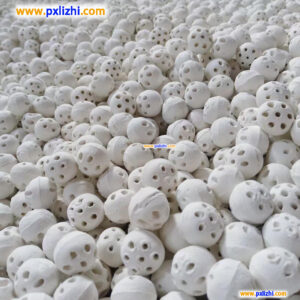
Inert Ceramic Balls: Key Applications and Benefits in Industrial Processes
Inert ceramic balls are essential components in various industrial applications, offering durability, thermal stability, and chemical resistance. These high-performance materials play a critical role in enhancing efficiency and reliability across sectors like petrochemicals, refining, and environmental engineering.
Core Functions and Industrial Uses
Primarily, inert ceramic balls act as support media and catalyst bed toppings in reactors and towers. They prevent channeling, distribute gases and liquids evenly, and protect catalysts from fouling or damage. Industries leverage them in processes such as catalytic reforming, hydrogen production, and gas purification. Their inert nature ensures no unwanted reactions, maintaining process purity.
Advantages of Using Inert Ceramic Balls
These balls provide exceptional benefits, including high mechanical strength to withstand pressure, excellent thermal shock resistance for fluctuating temperatures, and corrosion resistance against harsh chemicals. This leads to extended equipment life, reduced downtime, and optimized operational costs.
Frequently Asked Questions
What materials are inert ceramic balls made from?
They are typically manufactured from high-alumina or other ceramic compositions, ensuring inertness and robustness.
How do inert ceramic balls improve process efficiency?
By promoting uniform flow distribution, they enhance heat and mass transfer, boosting overall system performance.
Can they be used in high-temperature environments?
Yes, their design allows stable operation in extreme temperatures, making them ideal for demanding industrial settings.
Maximize Your Industrial Performance
Ready to enhance your processes with reliable solutions? Explore our premium range of inert ceramic ball products designed for superior performance and longevity. Visit our website to learn more and request a customized quote today!